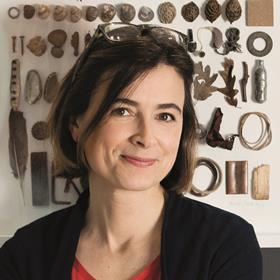The most successful new places are hardly ever the vision of one person. They are usually the result of sustained collaboration – with the community, between architects, but also across sectors and disciplines and benefiting from being strongly driven by the clients.

As the revolutionary modernist Oscar Niemeyer said: “I work alone in defining an architectural proposition and then hand it over to friends to develop.”
The architectural and design process involves both artistic expression and creative problem-solving. It is not a series of steps in an assembly line, with one person passing a project on to the next, but a constant communication and collaboration process so that the work stays aligned.
In today’s complex world, problems arise from multiple and interconnected causes. Therefore, a multidisciplinary approach to problem-solving means interventions from numerous fields to generate new solutions. By merging diverse experiences and techniques, we can redefine an issue through better understanding.
Working across disciplines means we can deliver more effective and impactful change. Cross-collaborative design allows us to be curious and adaptive, bringing together proven methods and allowing room for new ones to emerge.
This is where the Design Council comes in. It is a multi-disciplinary, diverse community of practitioners set up to address significant social, environmental and economic challenges. The organisation is committed to addressing big-picture issues through design.
![]()
The council has brought together its new cohort of 400 diverse experts working across the built environment who can respond positively and effectively to the complex challenges we face in society through cross-collaborative thinking and innovation.
The range of expertise is integral to the Design Council’s framework, as this is what creates a uniquely inclusive environment that works to serve not only the community but broader society. By collaborating on a project at its earliest stages, this community is in a solid position to tackle society’s most pressing issues.
I am delighted to be included in the Design Council’s panel of experts. Collaboration in our practice is vital to producing projects, with design reviews conducted by cross-office teams at each stage. To utilise discipline on a larger scale, with a more diverse set of expertise and skills, brings fresh insight to our work. Equally, my knowledge and experience in designing good-quality housing, estate regeneration and community building will add value to the work of other experts involved in the Design Council.
As the role of the architect or designer becomes more and more specialised, bringing a variety of experiences and expertise to the table is invaluable. The design process is highly non-linear and creative, and every discipline needs a seat at the table. In essence, it takes a village to create good design and architecture that responds to the challenges our society faces.
Félicie Krikler is director at Assael Architecture





























No comments yet